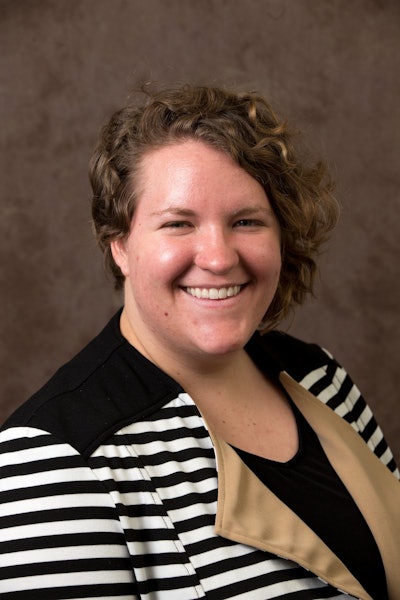Any recent gains in salary for full-time faculty members have been swallowed up by soaring inflation. That’s the main takeaway from the Annual Report on the Economic Status of the Profession, 2022-23, recently released by the American Association of University Professors (AAUP). Full-time faculty saw a 4% bump for the year ending fall 2022, the largest single-year gain since 1991. But skyrocketing inflation caused a 2.4% drop in real wages, the third straight sharp decline, for a cumulative loss of 7.5%
The report is based on data from a survey of nearly 900 US colleges and institutions, who provided information on more than 370,000 full-time and 90,000 part-time faculty members. Participants came from a wide variety of institutional types, including doctoral universities, regional schools, liberal arts colleges, community colleges, and minority-serving institutions.
The survey found a wide range of average salaries for full-time faculty, from $42,050 for unranked faculty members at associate’s institutions with ranking systems to $218,005 for full professors at private-independent doctoral institutions. However, the real earnings of professors of all ranks went down when compared to the change in the Consumer Price Index, which was 6.5%. According to Dr. Melissa Fuesting, senior survey researcher for the College and University Professional Association for Human Resources (CUPA-HR), the pandemic cannot be solely to blame.
 Dr. Melissa Fuesting, senior survey researcher for the College and University Professional Association for Human Resources
Dr. Melissa Fuesting, senior survey researcher for the College and University Professional Association for Human Resources
“It’s really clear that faculty’s main opportunity for a meaningful pay raise basically only comes around at promotion time,” Fuesting said. “For faculty, that only happens maybe twice in their career, when they go from assistant to associate, and from associate to full.”
Finances are more difficult for those lower on the food chain. Part-time faculty that are paid on a per-course basis got a boost that was just shy of a percentage point, although there has been a nearly 9% increase since the 2019-20 year. On average, they earned $3,874 per course section.
Dr. Rebecca Givan, an associate professor in the School of Management and Labor Relations at Rutgers University, and co-director of the Center for Work and Health, called the raise insignificant.
“The average rates that are shown on the survey are absolute poverty wages,” she said. “For many parts of the country, you’d have to teach 20 classes in order to make a living. Any increase doesn’t make these jobs livable.”
Dr. Taylor Odle, an assistant professor of educational policy studies at the University of Wisconsin-Madison, was not sure whether the gains were related to increased strike activity in the past two years but said that the increase didn’t match strikers’ goals.
“I certainly don’t think this is the kind of meaningful change that folks who hold contingent positions are hoping for,” he said.
Givan noted that data on these faculty remains spotty: under 40% of the responding institutions submitted complete information on part-time faculty paid per course.
“It’s really hard to track data on adjunct faculty. Universities aren’t particularly interested in doing it,” she said. “They don’t want to expose their often really, really bad labor practices.”
According to the report, the number of contingent faculty had decreased by almost 7% (57,000 people) from fall 2019 to fall 2020 and was back up only a quarter of the loss by fall 2021. There were similar decreases, paired with limited recoveries, for full-time non-tenure track faculty, part-time faculty, and graduate student employees.
 Dr. Taylor Odle, an assistant professor of educational policy studies at the University of Wisconsin-Madison
Dr. Taylor Odle, an assistant professor of educational policy studies at the University of Wisconsin-Madison
“Institutions are still feeling out how things went and if this pre-pandemic level is the right baseline,” Odle said.
The survey also found that the wage gap between male and female faculty members has persisted, with the average full-time salary for women at 82.3% of the salary for men. Disparities existed at all levels, but were greatest at the full professor rank, where women earned over $20,000 less than men.
“Universities often try to explain it away by saying that it has to do with sorting into different disciplines, some of which are higher and lower-paid, but the fact that it’s so persistent suggests that universities aren’t really making serious attempts to address it,” said Givan.
Fuesting noted that the pay gap increases as women go from being assistant to associate professors.
“If an institution was really wanting to legitimately intervene on women’s pay equity, promotion salary talks would be a really good place to look at it,” she said.
However, Fuesting didn’t see increased paydays on the horizon for professors—of any gender—who aren’t about to get promoted.
“Unless something big changes with these patterns, I don’t see their salary increasing dramatically,” she said.
Jon Edelman can be reached at [email protected]















